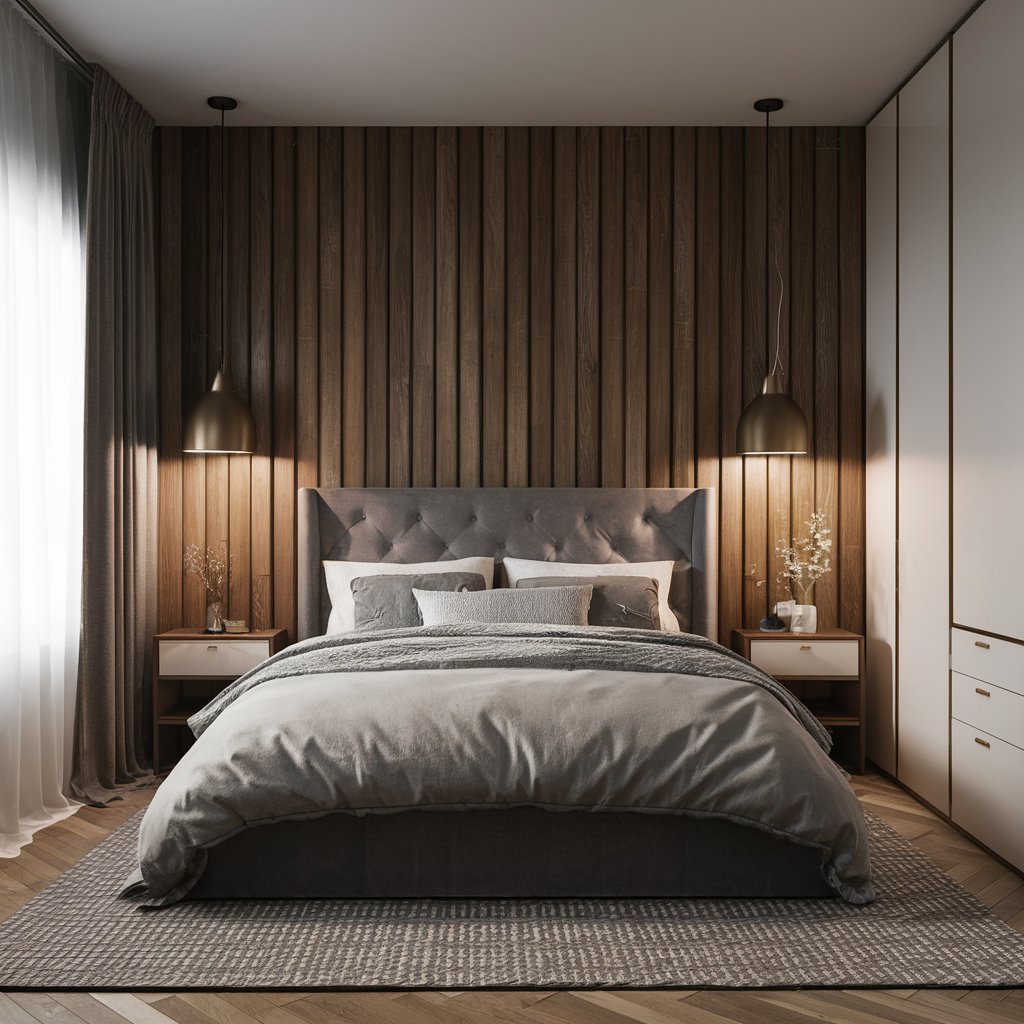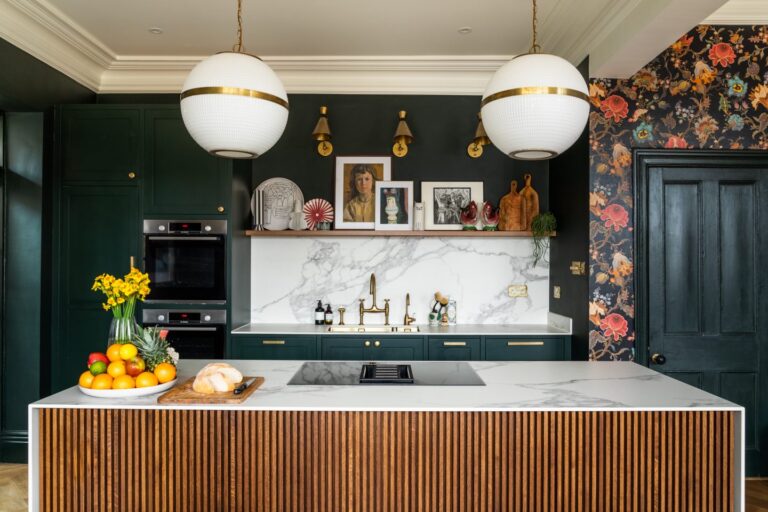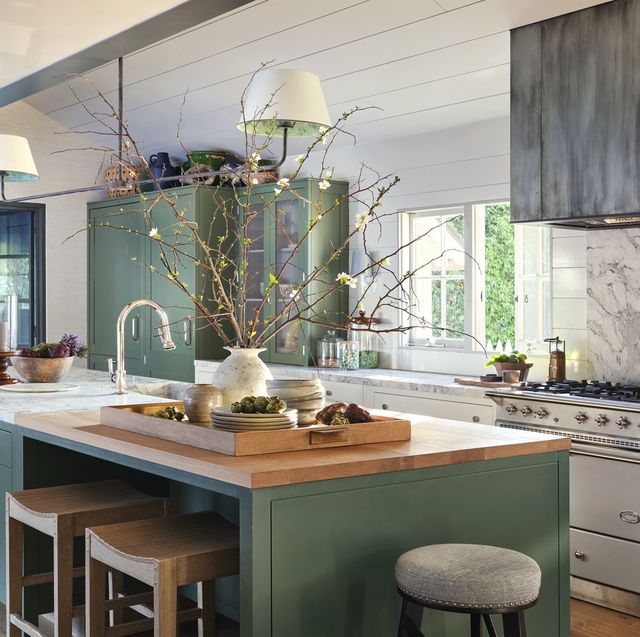25+ Gorgeous Dark Bedroom Lighting Ideas
Are you looking for the perfect lighting to enhance the charm of your dark bedroom? Look no further! In this post, we’ve curated a list of 25+ gorgeous dark bedroom lighting ideas that will transform your space into a cozy, stylish haven. From statement ceiling lights to subtle bedside lamps, there’s something here for every design preference. Let’s dive in and explore these brilliant ideas!
1. Elegant Pendant Lights
An elegant pendant light can bring sophistication to your dark bedroom. Choose a pendant with a metallic or matte black finish to complement the room’s moody tones. Whether hung above your bed or near a reading nook, it creates a stunning focal point.

2. Warm Wall Sconces
Wall sconces provide soft, ambient lighting that adds warmth to any dark bedroom. Opt for brass or copper-finished sconces for a modern yet timeless touch. Place them on either side of your bed for a balanced look.
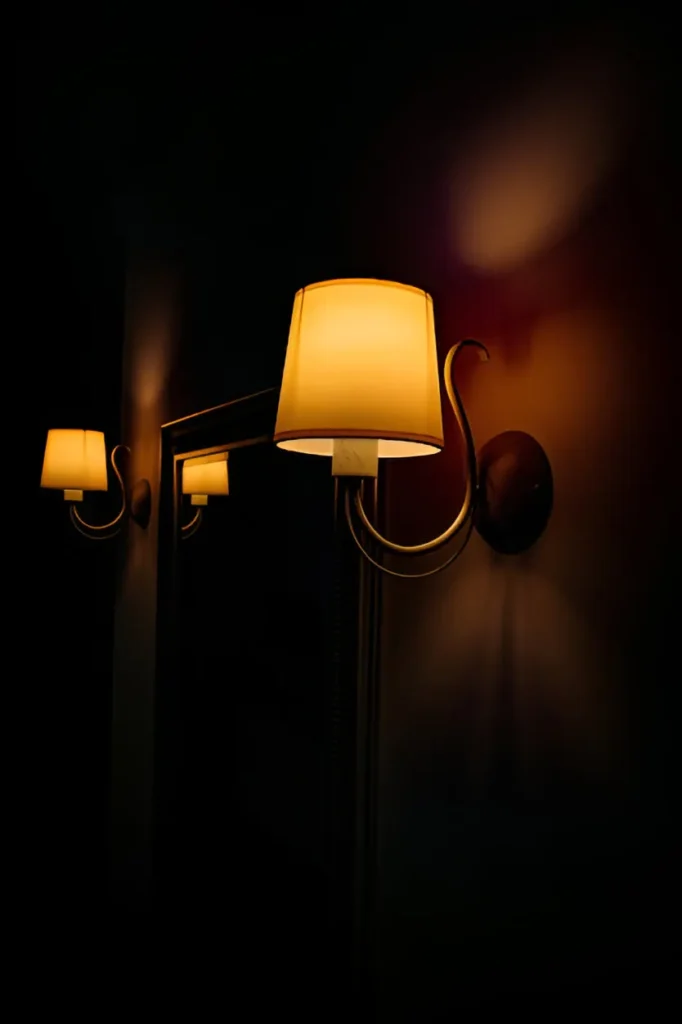
3. Vintage Lantern Lamp
Add a vintage charm to your dark bedroom with a lantern-style lamp. The soft glow from a lantern lamp enhances the room’s cozy atmosphere while adding a touch of nostalgia.
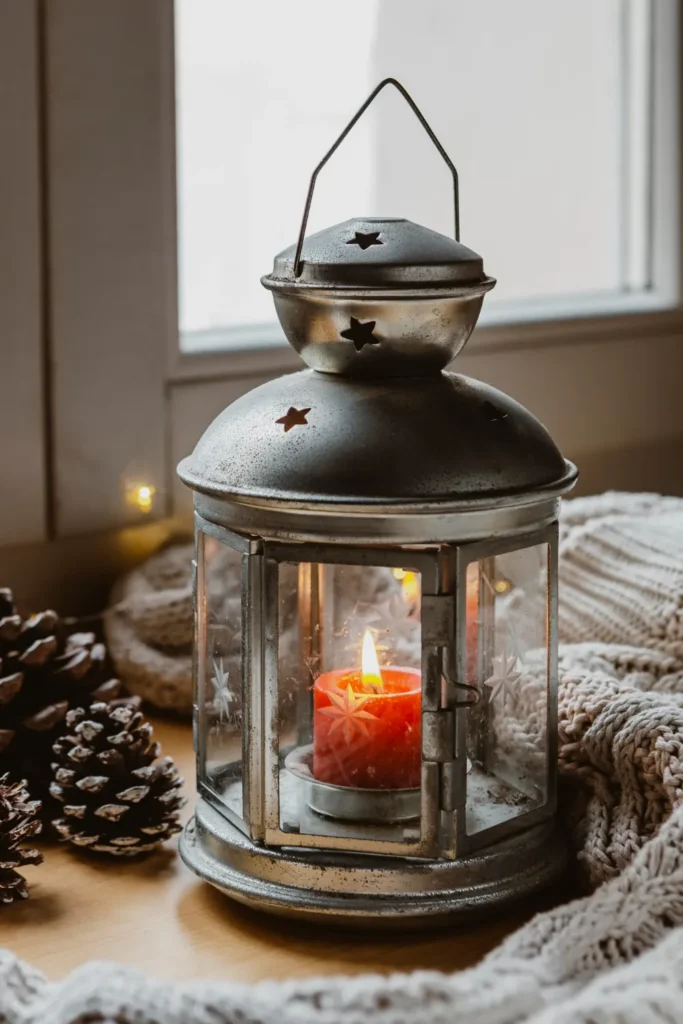
4. LED Strip Lighting
For a contemporary vibe, consider LED strip lighting. Place the strips under your bed frame or behind your headboard to create a stunning glow effect. It adds depth to the room without overpowering the dark theme.
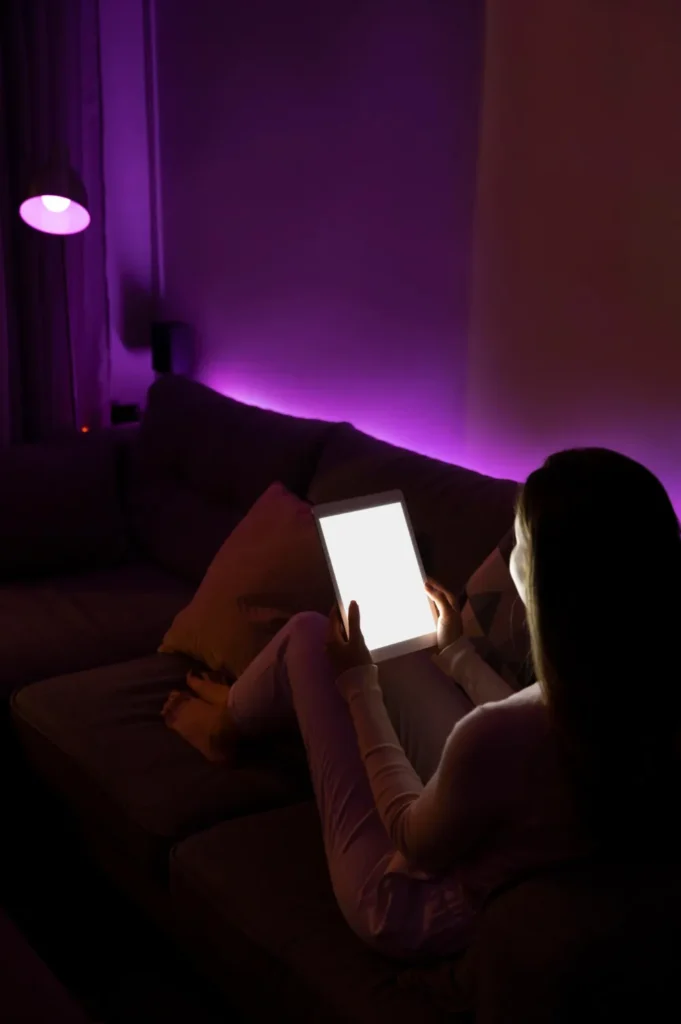
5. Dramatic Chandelier
A dramatic chandelier can elevate your dark bedroom to a whole new level. Choose a design that fits your style—whether it’s a crystal chandelier for a luxurious look or a modern geometric piece for a bold statement.
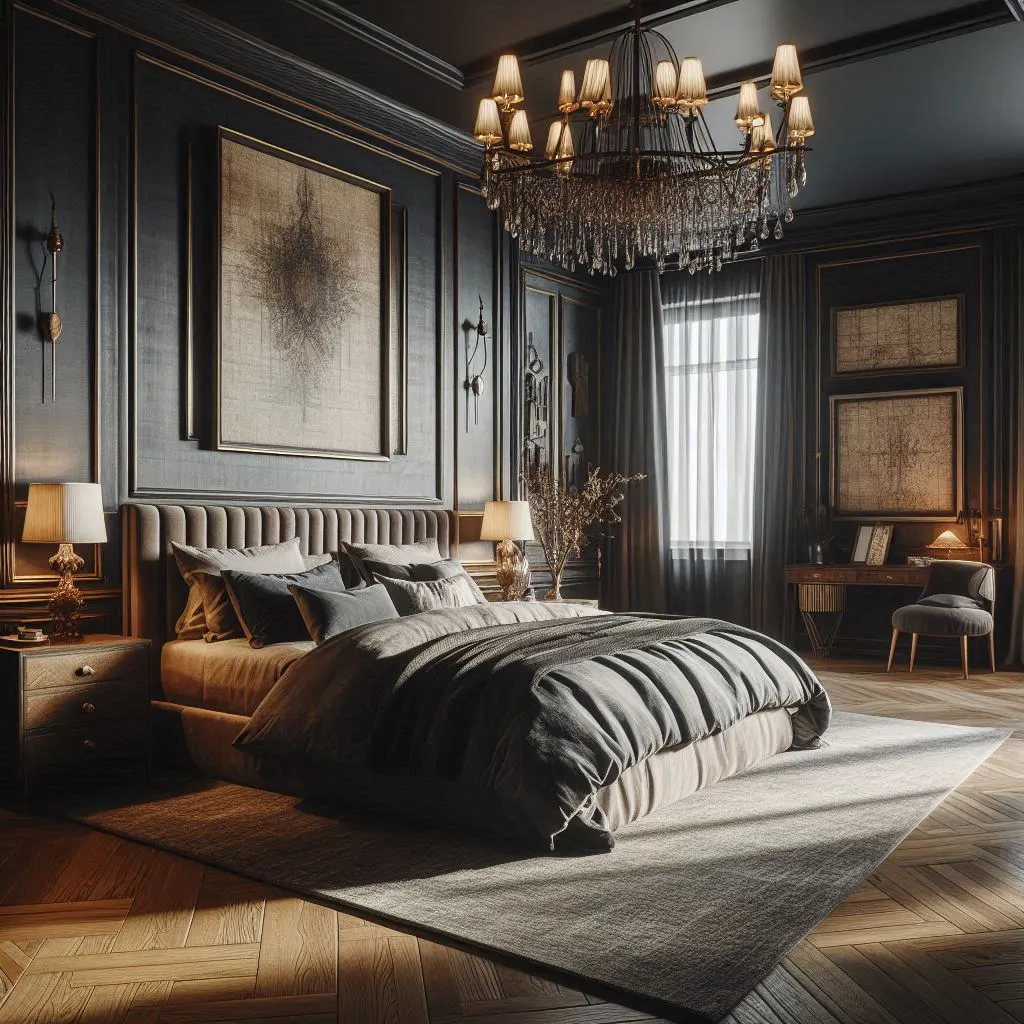
6. Adjustable Bedside Lamps
Adjustable bedside lamps are perfect for creating a functional yet stylish lighting solution. Look for matte black or bronze finishes to match the dark color scheme.

7. Candle Wall Lights
Candle wall lights are perfect for creating a romantic, old-world charm in your bedroom. The soft flickering light adds an intimate ambiance that pairs well with dark walls and furniture.
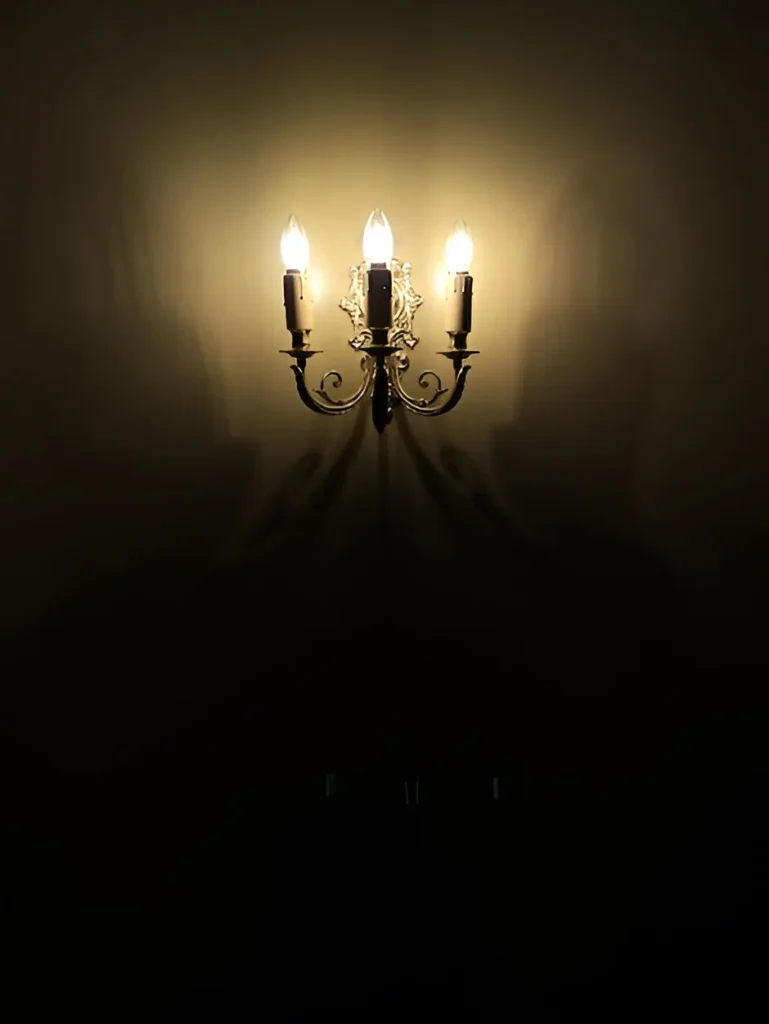
8. Smoky Glass Table Lamps
Table lamps with smoky glass shades provide a soft, diffused light that enhances the dark, moody aesthetic of your bedroom. Choose lamps with brass or black bases for a cohesive look.
9. Industrial-Style Floor Lamp
An industrial-style floor lamp adds a bold, edgy touch to a dark bedroom. Opt for designs with exposed bulbs and metal finishes to complete the industrial look.
10. Starry Ceiling Lights
Transform your dark bedroom into a magical space with starry ceiling lights. These lights mimic the night sky, creating a calming and whimsical atmosphere.
11. Black Cage Pendant Light
A black cage pendant light is both stylish and functional. It adds an industrial vibe to your bedroom while providing ample lighting for reading or relaxing.
12. Velvet Lampshades
Velvet lampshades add a touch of luxury to your dark bedroom. The soft texture of the velvet complements the moody tones of the room while diffusing light beautifully.
13. Minimalist Bedside Lights
Keep things simple and chic with minimalist bedside lights. Choose sleek, black designs with adjustable arms for a practical yet stylish lighting solution.
14. Rustic Lanterns
Rustic lanterns bring a warm, inviting feel to a dark bedroom. Hang them from the ceiling or place them on bedside tables for a cozy, cabin-like ambiance.
15. LED Fairy Lights
LED fairy lights are a versatile and affordable way to add a soft glow to your dark bedroom. Drape them around your headboard or along the walls for a dreamy effect.
16. Glass Globe Chandeliers
Glass globe chandeliers offer a modern twist on traditional lighting. Choose dark-toned globes to maintain the room’s moody aesthetic.
17. Oversized Floor Lamp
An oversized floor lamp makes a bold statement in any dark bedroom. Look for designs with a sleek black finish and a large shade to provide ample lighting.
18. Gold Accents
Lighting fixtures with gold accents add a touch of glamour to your dark bedroom. The warm tones of gold pair beautifully with dark walls and furniture.
19. Candlelight Chandeliers
For a dramatic and romantic vibe, opt for a candlelight chandelier. The soft flickering light adds a cozy, intimate feel to your bedroom.
20. Modern Neon Signs
Add a playful touch to your dark bedroom with a modern neon sign. Choose a phrase or symbol that resonates with you to personalize your space.
21. Geometric Wall Lights
Geometric wall lights are a great way to add an artistic element to your dark bedroom. Choose unique shapes and metallic finishes for a contemporary look.
22. Smart Lighting Systems
Upgrade your dark bedroom with a smart lighting system. Control the brightness and color temperature with your phone to create the perfect ambiance.
23. Matte Black Ceiling Fan with Lights
A matte black ceiling fan with built-in lights is both practical and stylish. It keeps the room cool while maintaining the dark, moody aesthetic.
24. Decorative Candle Holders
Decorative candle holders add a soft, flickering light to your dark bedroom. Choose holders in dark or metallic tones to complement the room’s decor.
25. Suspended Bedside Lights
Suspended bedside lights create a sleek and modern look. Hang them from the ceiling on either side of the bed for a stylish and space-saving lighting solution.
26. Frosted Glass Lights
Frosted glass lights provide a soft, diffused glow that’s perfect for dark bedrooms. The frosted finish adds a touch of elegance to the room.
27. Rustic Wood and Metal Lamps
For a rustic, industrial look, choose lamps made from a combination of wood and metal. These materials pair beautifully with dark walls and furniture.

